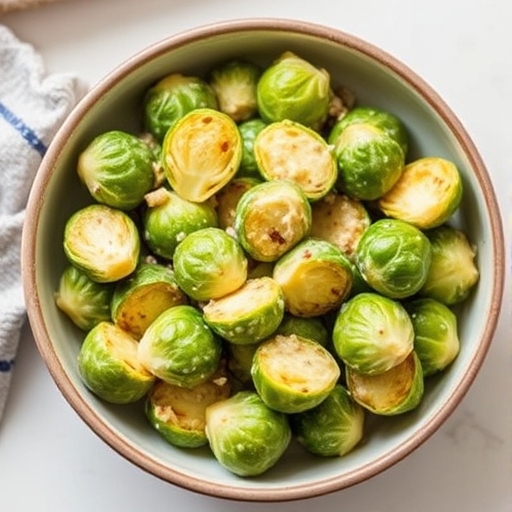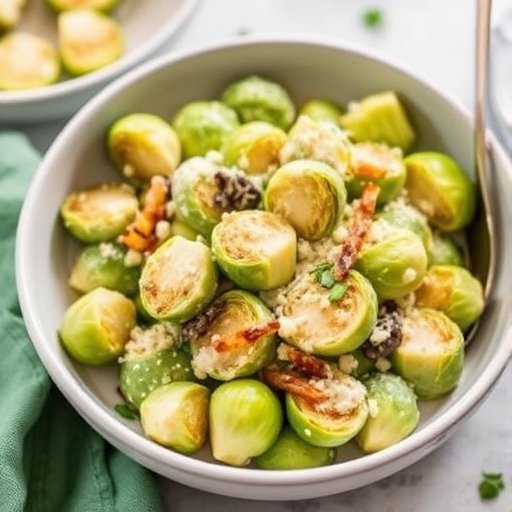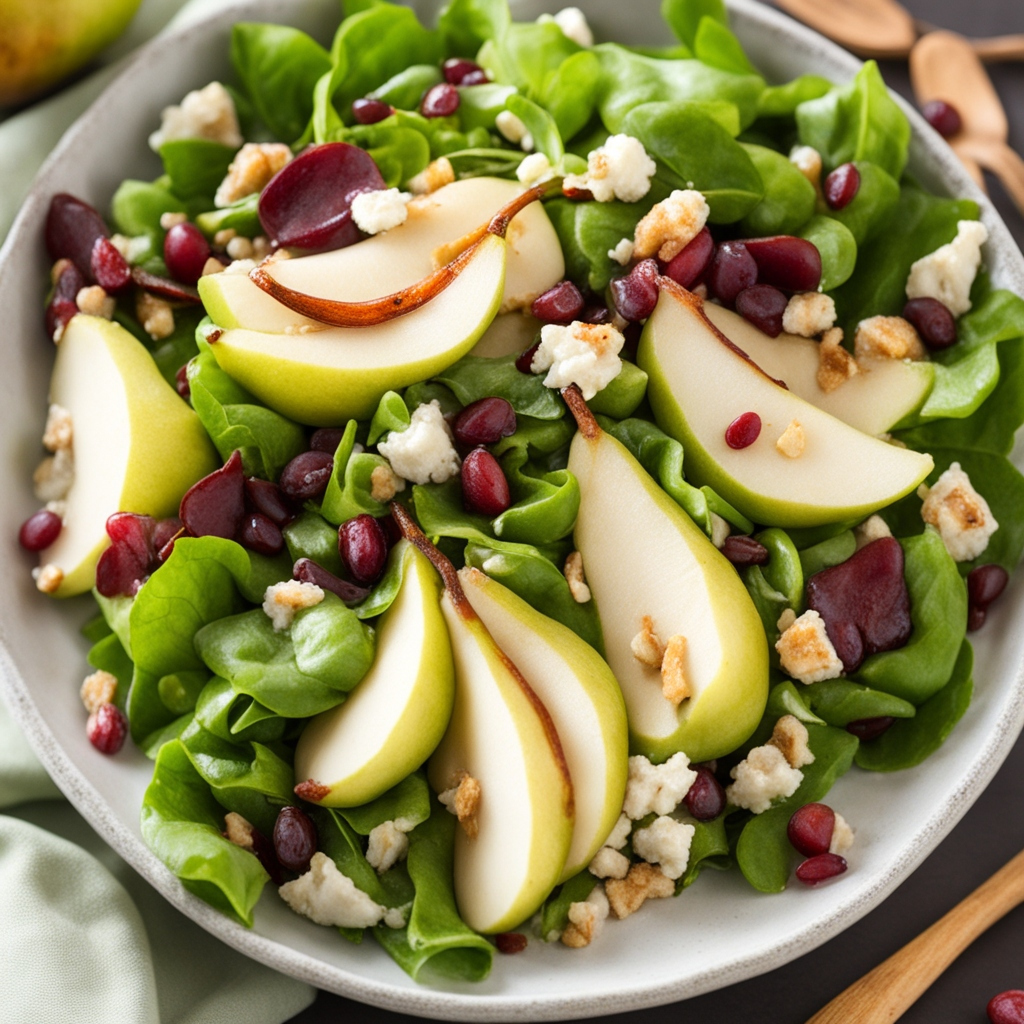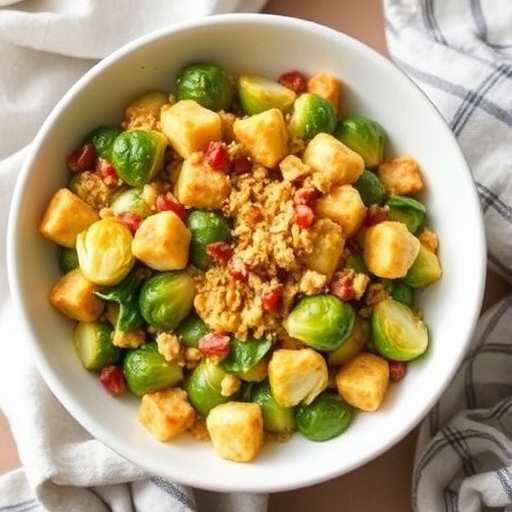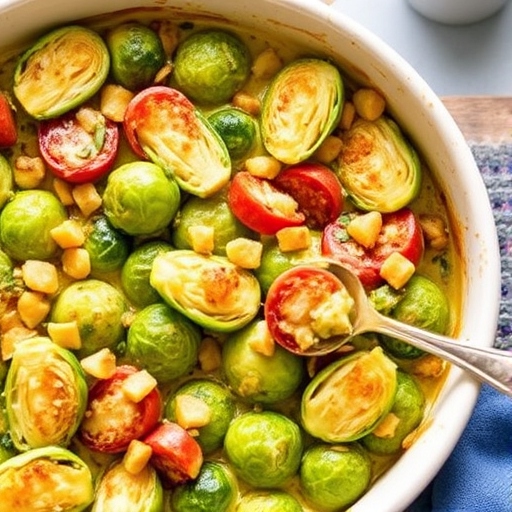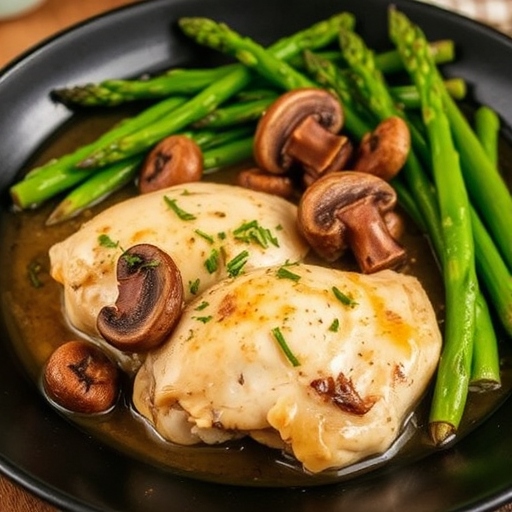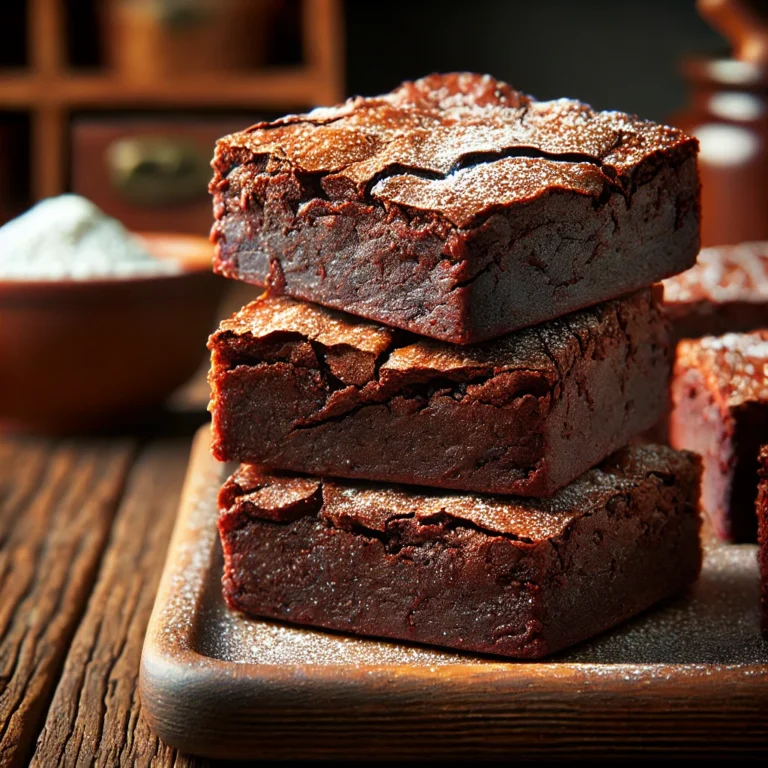Homemade Mac & Cheese is the epitome of comfort food—rich, creamy, and perfectly cheesy. While store-bought versions may be quick, nothing beats the taste of a dish made from scratch. This recipe will guide you through creating a luscious cheese sauce that coats every piece of pasta, making it a dish the whole family will adore.
Table of Contents
The Story Behind Homemade Mac & Cheese
Macaroni and cheese has a storied history that spans centuries. While its exact origins are debated, the dish gained popularity in the U.S. after being brought over by Thomas Jefferson from Europe. Originally considered a luxury, its simplicity and comforting qualities have made it a beloved staple in homes across the world.
The Benefits of Making Your Own Mac & Cheese
Tailored to Your Taste: Choose your favorite cheeses and customize the flavors.
No Preservatives: A homemade version is free from artificial ingredients.
Fresh and Creamy: Store-bought versions can’t match the richness of freshly made cheese sauce.
Budget-Friendly: Making it at home can be more economical, especially when feeding a crowd.
Essential Ingredients for the Perfect Homemade Mac & Cheese
Pasta: Elbow macaroni is traditional, but shells or cavatappi also work well.
Cheese: A combination of sharp cheddar and Gruyere ensures a balance of flavor and meltability.
Butter and Flour: The foundation for a smooth roux.
Milk: Whole milk or a mix of milk and cream creates a velvety base.
Seasonings: Salt, pepper, mustard powder, and a hint of nutmeg enhance the cheese sauce.
Breadcrumbs (optional): For a crispy baked topping.
Cultural History of Ingredients
Pasta: Originating in Italy, pasta was introduced to the Americas during the 18th century.
Cheese: The art of cheesemaking dates back thousands of years, with cheddar originating in England and Gruyere from Switzerland.
Roux: A French culinary technique, roux has been a staple in thickening sauces for centuries.
Equipment You’ll Need
Large Pot: For boiling pasta.
Saucepan: To prepare the cheese sauce.
Whisk: Ensures a lump-free sauce.
Baking Dish (optional): For baked mac & cheese.
Step-by-Step Instructions for Homemade Mac & Cheese
Ingredients:
12 oz (340 g) elbow macaroni or pasta of choice
2 tbsp unsalted butter
2 tbsp all-purpose flour
2 cups (480 ml) whole milk
1 cup (240 ml) heavy cream
2 cups (200 g) sharp cheddar cheese, shredded
1 cup (100 g) Gruyere cheese, shredded
1 tsp mustard powder
¼ tsp ground nutmeg
Salt and pepper to taste
½ cup breadcrumbs (optional, for baked version)
Instructions:
- Cook the Pasta:
Bring a large pot of salted water to a boil. Add the pasta and cook until al dente according to package instructions. Drain and set aside.
- Make the Roux:
In a saucepan, melt butter over medium heat. Stir in the flour and whisk continuously for 1-2 minutes until golden and bubbling.
- Add Milk and Cream:
Gradually pour in milk and cream, whisking constantly to create a smooth mixture. Simmer for 3-4 minutes until thickened.
- Incorporate the Cheese:
Reduce heat to low and add cheddar and Gruyere cheese, stirring until fully melted and creamy.
- Season the Sauce:
Mix in mustard powder, nutmeg, salt, and pepper to taste.
- Combine Pasta and Sauce:
Add the cooked pasta to the cheese sauce, stirring until well coated.
- Optional: Bake for a Crunchy Topping:
Transfer mac & cheese to a baking dish, sprinkle breadcrumbs on top, and bake at 375°F (190°C) for 15-20 minutes until golden and bubbly.
Suggestions for Serving and Storing
Serving Suggestions: Serve hot with a side of steamed vegetables or a crisp green salad.
Storage: Refrigerate leftovers in an airtight container for up to 3 days.
Reheating Tip: Add a splash of milk when reheating to restore creaminess.


Chef Simon’s Tips for Homemade Mac & Cheese
Choose Quality Cheese: Use blocks of cheese and shred it yourself for the best melting results.
Avoid Overcooking Pasta: Slightly undercooked pasta prevents it from becoming mushy.
Experiment with Add-Ins: Try adding cooked bacon, caramelized onions, or sautéed mushrooms for variety.
Emotional and Psychological Impact of Food
Mac & cheese offers a nostalgic connection to childhood memories and family meals. Its creamy texture and cheesy flavor create a sense of warmth and satisfaction that comforts the soul.
Mindful Cooking Techniques
Focus on Freshness: Grate your cheese for the best results.
Take Your Time: Slowly incorporate the milk into the roux to ensure a smooth sauce.
Engage Your Senses: Notice the transformation as the cheese melts into the sauce.
Tips for Keeping the Recipe Fresh Longer
Freeze for Later: Portion into individual servings and freeze for quick meals.
Store Properly: Always cool completely before refrigerating to avoid condensation.
Reheat Gently: Low and slow reheating helps maintain the sauce’s texture.
Advanced Culinary Terms and Techniques
Emulsification: The process of blending cheese into the sauce for a smooth consistency.
Mornay Sauce: A classic French cheese sauce similar to what’s used here.
Healthy Ingredient Alternatives
Low-Fat Milk: Swap whole milk for a lighter option.
Greek Yogurt: Substitute half the cream for Greek yogurt to reduce calories.
Gluten-Free: Use gluten-free pasta and flour for the roux.
More Serving Ideas
Mac & Cheese Bites: Portion into muffin tins and bake for a fun appetizer.
Topped with Protein: Add shredded chicken or ground beef for a hearty main course.
Spicy Version: Stir in diced jalapeños or a dash of hot sauce.
Common Issues and Solutions
Grainy Sauce: Avoid pre-shredded cheese, which often contains anti-caking agents.
Thin Sauce: Simmer longer or add a slurry of cornstarch and water to thicken.
Clumpy Cheese: Melt cheese over low heat to prevent it from seizing.
Variations to Try
Three-Cheese Blend: Add mozzarella and Parmesan for extra depth.
Lobster Mac & Cheese: Mix in cooked lobster for a luxurious twist.
Vegetable Mac & Cheese: Incorporate steamed broccoli or roasted cauliflower.
Nutritional Information and Health Benefits
Calcium-Rich: Cheese and milk provide essential nutrients for strong bones.
Energy Boost: Pasta offers carbohydrates for sustained energy.
Comfort Factor: A delicious way to treat yourself.
The Art of Pairing Mac & Cheese
Drink Pairing: Pair with a crisp white wine like Chardonnay or a refreshing iced tea.
Complementary Dishes: Serve alongside grilled chicken, barbecue ribs, or sautéed greens.
Dessert Pairing: Follow with a light dessert like lemon sorbet to cleanse the palate.
Weather and Recipe Outcome
Perfect for Cold Days: Creamy and warm, it’s a great choice for chilly evenings.
Year-Round Favorite: Swap heavy cream for milk to make it lighter in summer.
Other Comfort Food Recipes to Explore
Classic Chicken Pot Pie
Shepherd’s Pie with Cheddar Mash
Baked Ziti
Focus on Tools and Equipment
Box Grater: For shredding cheese.
Nonstick Pot: Ideal for cooking the sauce without sticking.
Colander: Drains pasta quickly and effectively.
Frequently Asked Questions (with answers)
Can I make it ahead of time?
Yes, prepare up to the baking step and refrigerate until ready to bake.
What’s the best pasta for mac & cheese?
Elbow macaroni is classic, but penne or shells work too.
Can I make it gluten-free?
Absolutely—use gluten-free pasta and flour.
Conclusion
This Homemade Mac & Cheese recipe offers the ultimate comfort food experience, combining creamy, cheesy goodness with the perfect pasta texture. Whether baked with a crunchy topping or enjoyed straight from the stovetop, it’s a dish that’s sure to bring joy to your table. With endless variations and customizations, you can make it
Thank you for visiting SqueezyRecipes! We’re dedicated to making cooking enjoyable and accessible for everyone, regardless of your skill level. Chef Simon is always ready to share the best recipes that bring a creative touch to your daily meals. With each visit, you’ll discover new recipes and innovative ideas that cater to every occasion. Don’t miss out on exploring SqueezyRecipes for the latest delicious dishes, and feel free to leave your feedback and share your experiences with the recipes you’ve tried. Cooking together makes everything better!



